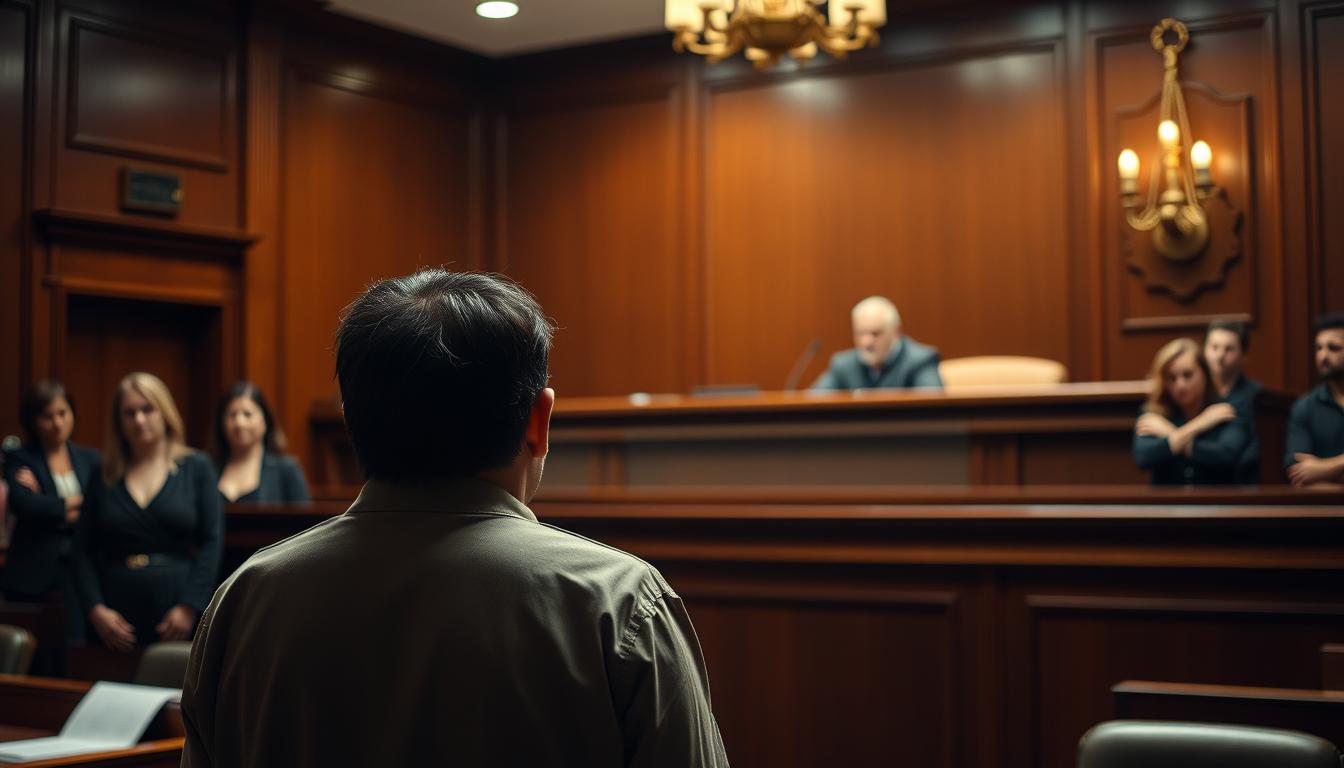Table of Contents
Vehicular homicide cases in Canada often involve charges such as criminal negligence or dangerous driving, which may tragically lead to fatal accidents. These charges are defined under the Criminal Code of Canada, and the potential penalties are serious. For example, dangerous driving causing death can result in a sentence of up to life imprisonment, while impaired driving resulting in death may carry a maximum penalty of 14 years in prison.
Understanding Legal Frameworks
The Criminal Code provides detailed definitions and penalties for offences such as dangerous driving causing death, impaired driving causing death, and criminal negligence causing death. Each of these offences has its own threshold of proof, with the Crown required to establish specific elements beyond a reasonable doubt. For example, dangerous driving requires proof that the accused’s manner of driving represented a marked departure from the standard of care expected of a reasonable driver, while criminal negligence requires an even higher level of disregard for the safety of others.
The application of these laws can therefore be complex, with outcomes influenced by many factors. Courts will examine the presence of alcohol or drugs, the driver’s prior history and driving record, whether excessive speed or distraction was involved, and the quality of evidence obtained from collision reconstruction experts.
In addition, procedural safeguards such as Charter rights, including the right to counsel and the right against unreasonable search and seizure, may affect how evidence is admitted and considered. Together, these legal frameworks form the foundation upon which charges are laid, trials are conducted, and sentencing decisions are ultimately made.
Sentencing Considerations
Sentences for offences related to vehicular fatalities vary significantly and are determined through a careful balancing of multiple legal principles. Courts must weigh denunciation, deterrence, rehabilitation, and proportionality when imposing punishment. Aggravating factors such as prior criminal convictions, excessive speed, racing, impairment by alcohol or drugs, fleeing the scene, or disregard for court-imposed driving prohibitions can result in harsher penalties, sometimes approaching the maximum sentences permitted by the Criminal Code.
On the other hand, mitigating factors such as a genuine expression of remorse, a lack of prior criminal record, efforts to obtain treatment for substance use, or evidence of strong community support may lead to a reduced sentence. Judges also consider victim impact statements, which describe the profound emotional, financial, and social consequences for families affected by these tragedies. Importantly, appellate courts across Canada have stressed the need for consistency in sentencing while still recognizing the unique circumstances of each case.

This means that while general ranges can be identified, individual outcomes can vary widely depending on the specific facts presented.
The Role of Collision Reconstruction
Collision reconstruction investigations often play a crucial role in cases involving vehicular fatalities. These investigations rely on a combination of scientific analysis, engineering principles, and forensic evidence to recreate the circumstances of a crash. Experts may examine skid marks, vehicle damage, roadway conditions, weather, speed calculations, and data from onboard event recorders to piece together how the incident unfolded.
Photographs, witness statements, and surveillance footage are often integrated into these assessments. The conclusions of reconstruction experts can help determine whether a driver was travelling at an unsafe speed, whether braking occurred, or whether alcohol or distraction may have contributed to the collision.
Courts frequently rely on such testimony to establish causation and assess whether the accused’s conduct represented negligence, recklessness, or impairment. Defence counsel may challenge the accuracy or methodology of these reports, as even small errors in calculation or assumption can significantly alter the interpretation of events.
Ultimately, collision reconstruction provides the evidentiary foundation upon which both prosecutors and defence lawyers build their cases, making it a central component in many trials of this nature.

Defence Strategies and Rights -Homicide
Those accused of such offences have the right to present a defence. Common approaches include challenging the accuracy of collision reconstruction reports, examining whether evidence was lawfully obtained, and raising mitigating circumstances. Protecting the constitutional rights of the accused remains an essential part of the process.
Why Legal Advice Matters
Facing a charge of dangerous or impaired driving causing death is a life-altering event. It is important for individuals in such circumstances to seek independent legal advice from a qualified lawyer. Early consultation can help ensure that rights are protected, and all available defences are explored.

Conclusion
Vehicular homicide cases underscore the seriousness with which Canadian law treats dangerous or impaired driving. While penalties can be severe, every case turns on its unique facts. Understanding the law, the role of evidence, and available defences is essential for anyone affected by these tragic events.
This article is intended as general legal information only and does not constitute legal advice. Individuals facing criminal charges should consult directly with a lawyer licensed in their jurisdiction.



No comment